Star Trek: Prodigy Netflix Success Proves the Franchise Needs a New Audience
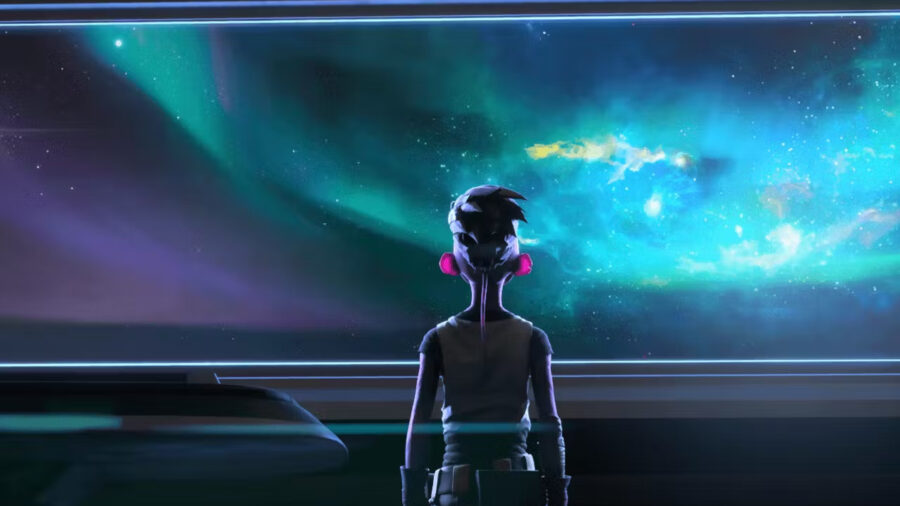
Star Trek: Prodigy has had a relatively rocky road: after this animated series was dropped by Paramount+, it got picked up by Netflix. On that streaming giant, the show has already begun to thrive. Star Trek: Prodigy has been showing up in Netflix’s top ten ranking lists, and it is now reaching international audiences it could not reach on Paramount’s streamer.
The previously ignored show’s sudden victory on Netflix is proof that Paramount needs to swallow its pride and learn a valuable lesson from the success of the show they kicked to the curb. Star Trek needs to stop only making content like Discovery and Strange New Worlds that cater to older fans and start making shows and characters that resonate with a younger audience.
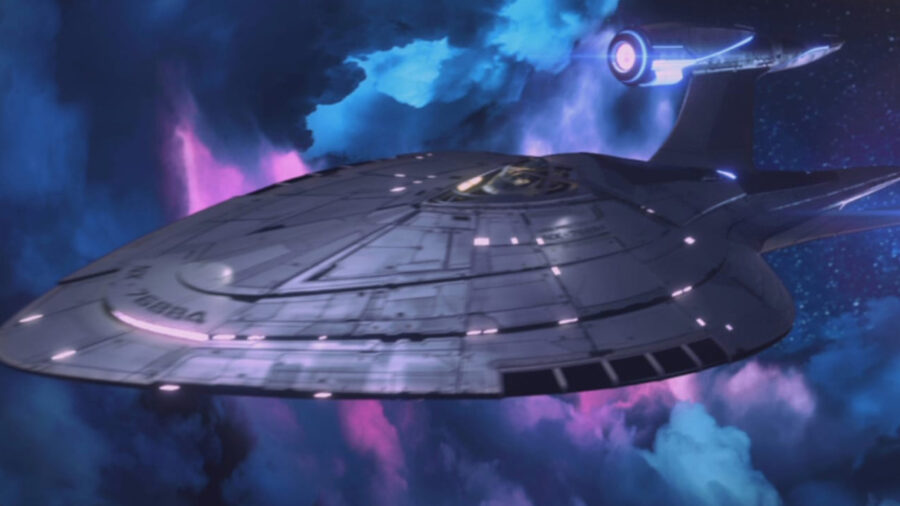

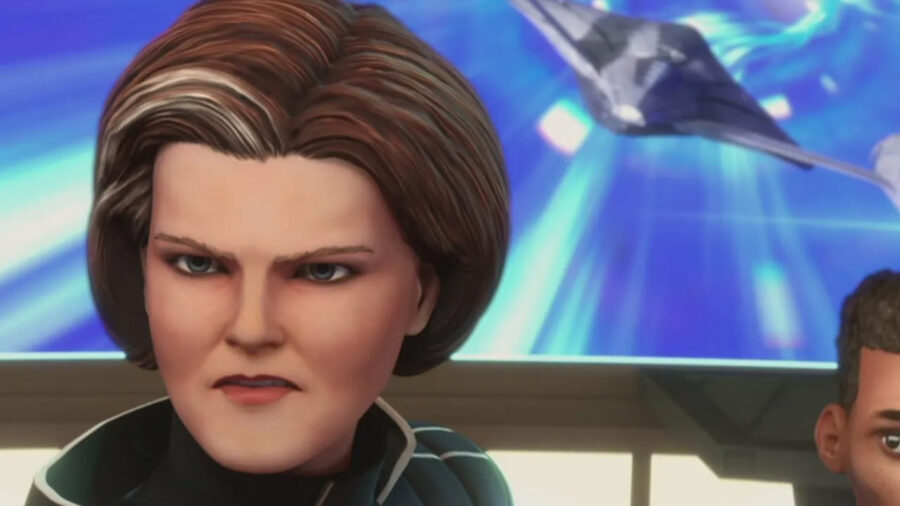
Right now, Paramount is following a formula for success that began in the ‘80s. That was when they were able to successfully leverage fan affection for The Original Series into a love for The Next Generation, a show whose first season infamously used scripts originally written for a TOS sequel series that never came out. The new series eventually stretched its wings more, but the show’s early success taught Paramount that telling the same types of stories with the same types of characters would continue winning over the same types of fans who had always kept the show alive.
To be fair, this was a winning strategy at the time: it meant that the title for Star Trek: The Next Generation was very meta, referring as much to the new generation of fans (the children of the original audience) as it did the next generation of Star Trek characters. And while the franchise never again reached the heights of TNG’s popularity, Paramount’s familiar formula helped transform spinoff shows like Deep Space Nine and Voyager into successes.

However, Star Trek: Enterprise revealed the weaknesses of this tired formula. As a prequel to The Original Series, the show had plenty for older fans to appreciate, including a closer look at the Vulcan and Andorian cultures; at the same time, the show tried to appeal to younger viewers with increased doses of action and sex, including “decontamination” scenes that involved characters getting in their undies and rubbing lotion on each other’s bodies (no, really). Somewhere between the competing tones and rocky early writing, the show never found a large audience and was canceled after four seasons.
Four years after that show was canceled, Paramount delivered the first film in a trilogy that completely rebooted Star Trek: The Original Series. There were no more tonal mismatches with these films: from the youthful cast to the high-speed adventures and numerous phaser battles, these films were designed to appeal to newer, younger audiences. That approach really worked with the first film, but after the tepid disappointment of Star Trek Into Darkness, audiences didn’t show up for the third film in the trilogy (which is a shame, as Star Trek: Beyond is the best of the group).
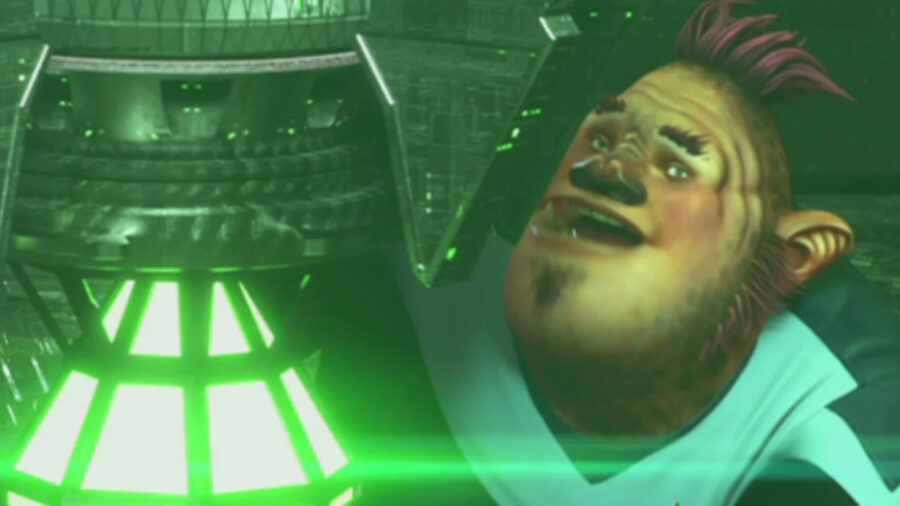


With the launch of CBS All Access (which eventually changed to Paramount Plus), the new streamer needed a flagship show. That show was Star Trek: Discovery, and it was basically the opposite of the reboot films: a prequel show that was designed mostly to appeal to older, hardcore fans. Discovery would eventually get prematurely canceled, but it was successful enough to spawn the spinoff Strange New Worlds and the animated show Lower Decks.
All of these shows do one thing very well: make old Star Trek fans point at the screen and shout in delight as they spot Easter eggs and references that nobody else cares about, much less notices. To this middle-aged Star Trek fan, that approach is certainly appealing, but I can’t help but compare the floundering failure of Discovery on Paramount Plus to the soaring success of Prodigy on Netflix. What does the animated show have to offer that Discovery doesn’t?
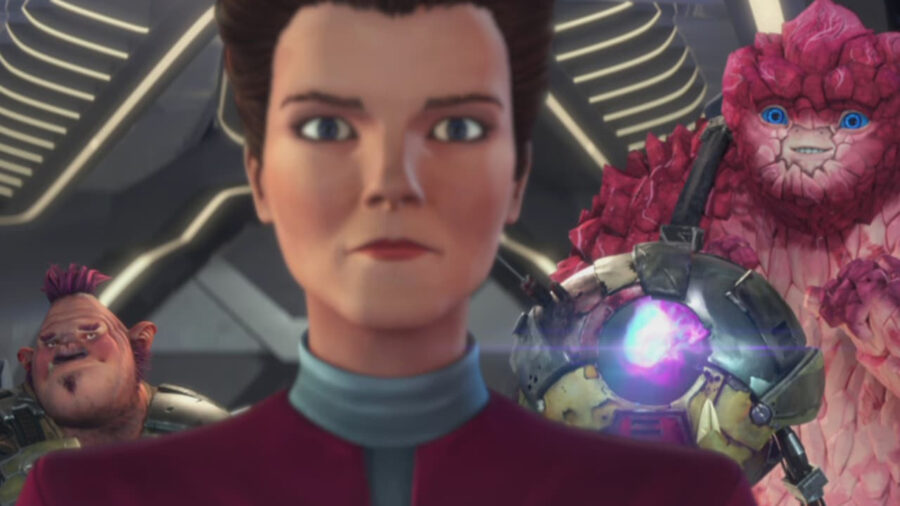
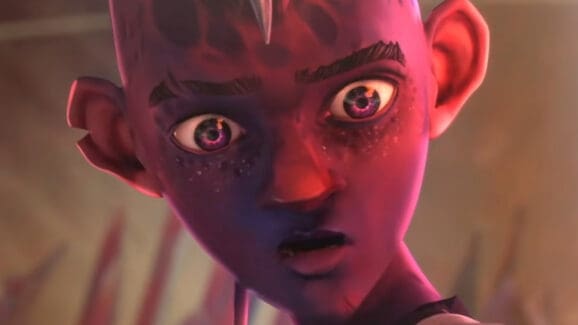

In a word, the answer is “new.” Star Trek: Prodigy has mostly new characters (unlike Disco and Strange New Worlds relying on Pike, Spock, and Kirk), a new animation style (unlike Lower Decks looking like Rick and Morty), and a new target demographic in the form of younger children. By comparison, all remaining Star Trek shows on Paramount Plus now that Prodigy is gone are designed to appeal to an audience that isn’t getting any younger, many of whom may be aging out of the fandom altogether.
Prodigy still has plenty of appeal for older fans (heck, this is secretly the Voyager sequel series you’ve been dreaming of!), but the show was made primarily to win over audiences too young (gasp!) to have watched the 2009 Star Trek reboot film when it first came out. Now that Prodigy has recently landed in the “Kids Top 10” ranking on Netflix, we have proof of how successful the series is at winning over new fans.

Obviously, it’s possible that Netflix simply did a better job marketing this animated Star Trek show than Paramount Plus did, but we think the lesson is simpler: if you build it, they will stream. As a franchise, Star Trek has spent most of the last decade focusing on appealing to the same kinds of fans who tuned in to watch The Original Series in 1966. The success of Prodigy proves that if Paramount wants to appeal to younger audiences and finally grow this fandom again, they must focus on delivering the kind of content that such an audience craves.












